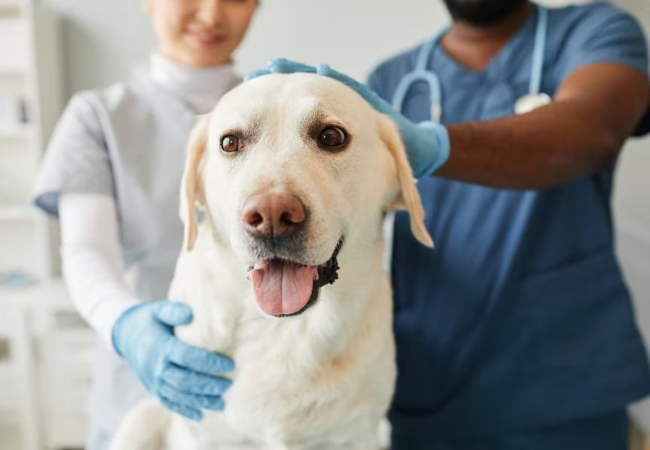Vet Guide to 2025: Does Pet Insurance Cover Pre‑Existing Conditions? What You Need to Know 🐶🩺

In this article
Vet Guide to 2025: Does Pet Insurance Cover Pre‑Existing Conditions? What You Need to Know 🐶🩺
By Dr. Duncan Houston BVSc
When shopping for pet insurance, one pressing question always comes up: Will pre‑existing conditions be covered? I’m Dr Duncan Houston BVSc, and in this thorough guide, we'll explore what “pre‑existing condition” means, why it's usually excluded, when exceptions apply, and how tools from Ask A Vet,✨
1. What Are Pre‑Existing Conditions?
A pre‑existing condition refers to any disease, injury, or symptom that:
– Occurred before your policy’s start date or during a waiting period
– Was diagnosed or showed noticeable signs, regardless of official diagnosis.
Examples include:
• Limping or joint pain noticed before coverage
• Chronic allergies previously treated
• Ear infections or gastrointestinal issues reported before enrollment.
2. Why Insurers Exclude Them
- 🧪 Pre‑existing conditions cause predictable expense—similar to human insurance rules.
- ❌ Without exclusions, pet parents would wait until a vet visit and then enroll—raising premiums for everyone.
- 📄 Providers review vet records and medical histories to identify excluded conditions.
3. Curable vs. Incurable Conditions 🎯
👉 Curable conditions (like a resolved UTI or skin infection) may be eligible after a symptom-free period—often 180 days to a year.
👉 Incurable conditions, such as arthritis, diabetes, cancer, congenital issues, remain permanently excluded.
4. Bilateral Illnesses
Some conditions affect both sides—like hip dysplasia or cruciate tears. If one side was pre‑existing, the other side usually stays excluded.
5. Exceptions & Better Options
- Curable pre‑existing coverage: Providers like Fetch may cover certain curable illnesses after a 12‑month symptom‑free gap.
- One‑year waiver models
- Some breed-specific heroes
6. Still Worth It? Absolutely!
- ✅ You can still enroll pets with pre‑existing conditions—coverage applies to new injuries or illnesses.
- 📅 Enrolling early—when healthy—limits future exclusions.
- 📊 A WA Post & Consumer Reports overview suggests most policies help owners break even and avoid financial stress.
7. Ask A Vet.
- Ask A Vet app – Use telehealth to review records before enrolling or get advice when your dog has symptoms.
8. Smart Planning Tips
- 🔍 Carefully read definitions of “pre‑existing” and waiting periods in your plan.
- 📂 Provide full medical records to identify exclusions up front.
- 📞 Consider talk with Ask A Vet to forecast risks and coverage gaps.
- 💵 Combine insurance with wellness plans or self-fund smaller costs for comprehensive protection.
9. FAQ
- 🩺 Q: Will my pet be denied insurance if they have pre-existing issues?
- A: No. You can still get coverage—just that condition won't be reimbursed. All new, unrelated conditions are covered.
- 🔄 Q: What does curable mean?
- A: A condition gone symptom-free for 180–365 days may be reclassified as covered. Confirm with insurer.
- 📑 Q: When will incurable conditions be included?
- A: In AKC’s model, chronic conditions may be covered after 1 year of a clean record and policy renewal.
- ⚠️ Q: Can symptoms count as pre-existing even without diagnosis?
- A: Yes. Limp, coughing, itching, and vomiting before coverage can count as pre-existing, even without diagnosis.
10. Conclusion 💡
While most pet insurance excludes pre-existing conditions—especially chronic or congenital ones—you can still obtain valuable coverage for new illnesses or injuries. Some insurers allow curable conditions or add chronic exclusions after a year. Before enrolling, consult Ask A Vet with your pet's history. This holistic approach protects your furry friend's health—and your peace of mind—today and tomorrow. 🐾❤️






